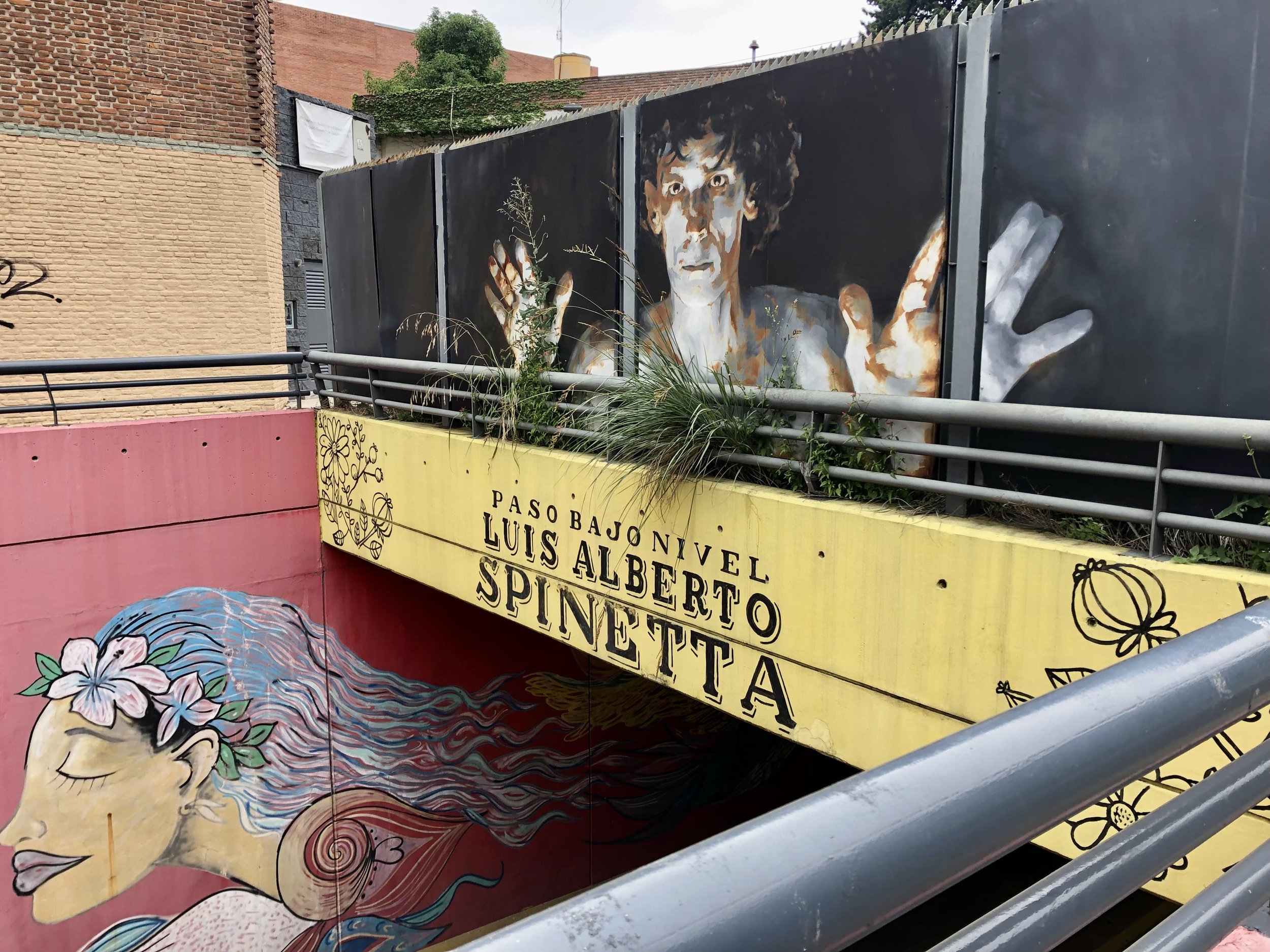Many of us think of acquiring more moves as the way to become an advanced dancer. I disagree. It’s not the number of years you have danced either. For me, moves make a good intermediate dancer, but what creates an advanced dancer is being able to move with your partner to the music. The moves serve as ways to express that musicality and connection but are secondary to the actual experience of dancing. How can we move from permanent intermediate dancers to advanced dancers?
Play with “all the speeds”
Take ONE move, preferably walking, and look at all the ways you can use the music to make this one move beautiful. Start on the beat. Then work out how to pause and play with different lengths of pauses that fit the music. Then add in either slow motion or double-time (syncopation). Try out half-time, stepping one beat and then pausing for a beat. Last (or if you are a jazz musician, first) play with OFF the beat, AROUND the beat—who said you need to be a metronome? You are a human :-)
As you explore your musicality, apply this exercise to each move you know. How many ways can this specific pattern of steps work in the music? Try to make EVERY pattern you know work more than one way. Do one each time you practice. After that, play with how one pattern can fit after another pattern, and vary the musicality between the two. Rinse and repeat.
Musicality: not just for leaders anymore!
Musicality is important whether you are leading or following. I find that many people who only follow, tend to mechanically do one speed of a certain move (for example the cruzada). Then, no matter what the music or the leader suggests, the follower just performs the move automatically. Follower: practice solo and listen to what the music tells you! Vary your practice.
Start listening to tangos, valses and milongas on your own. It’s true that the leader is steering the boat when it comes to dancing, but YOU are the motor. No motor, no dance! No musicality on your part, no musicality in the dance. One of my teachers told me that I should “inspire” the leader to change their mind by giving intentions and suggestions with my dance.
It takes two to tango
For tango, how YOU hear the music counts, as a leader and as a follower. Both people are having this conversation with the music. In vals and milonga, it’s a bit more about being on the beat, so push your tango first and then let it inform your other dances.
Learn the music!
We can all carry our music collection on our phones, so include tango on your playlist. Discover what orchestras really speak to you and get to know the songs you prefer. Every few years, I find a new favorite song and/or orchestra and explore that new region of sound. One of the best compliments I ever received from an Argentine was a very happy, “You know the music! I didn’t expect that from a foreigner and a woman!”
Even now, after 28 years of tango, I still find songs I can’t remember hearing before. I have favorite orchestras and orchestras that do not excite me. I try to practice all of them, so that I can dance well even to a song that does not inspire me.
When you really know a song, it will move you to dance it well, if you have worked on your dance so that the music can flow through you and your partner.
Classes
If you are interested in exploring these ideas, please join us in class for the rest of October and November. Each class will have part of the hour dedicated to exploring the music, our partner, and our own musicality!


































































